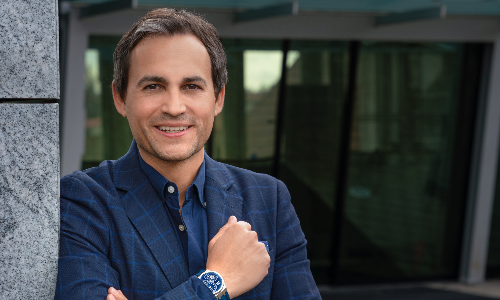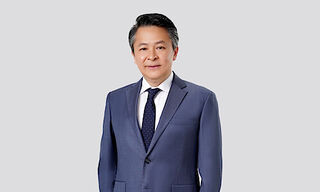Amid a tough and diverse distribution landscape in the region, certain product structures are gaining more traction than others, this according to research from Global financial services research firm Cerulli.
The appetite for overseas investing among Southeast Asian investors showed promise in the first half of 2015 before the political turmoil in Malaysia, and the bombing in Bangkok in August likely led to investors tightening their purse-strings.
In July, Cerulli noted that offshore investing is on the uptick among Thai and Malaysian investors. As investors in the region progressively become more sophisticated, many have started looking beyond local shores for higher-yielding investments.
"A silver lining in the recent uncertainties in Thailand and Malaysia might seem counter-intuitive at first, but as emotions calm, the events in those countries might serve fund managers well in educating investors on the need to diversify beyond their local currencies and home ground," says Shu Mei Chua, an associate director at Cerulli.
Feeder funds have been the preferred route among foreign managers in accessing retail assets in Southeast Asia, long before discussions for the ASEAN Collective Investment Scheme framework started. Local fund managers based in the region were equally keen to work with foreign managers under the master-feeder structure for new fund launches.
In both Malaysia and Thailand, the largest global managers, including Franklin Templeton and Schroders, are the top choices for feeder fund strategies. Funds investing in broad investment regions such as global, European, or U.S. equities are currently well-stocked on the product shelves.
Global names such as Blackrock and State Street Global Advisors amassed assets under management (AUM) exceeding US$1 billion across both Malaysia and Thailand without an onshore office in 2014. Going forward, Southeast Asian managers will likely be picking out more exotic, sexier funds for their product shelves.
"The master-feeder arrangement isolates foreign managers from the risks of keeping an onshore presence, and circumvents cumbersome distribution issues related to the ASEAN CIS scheme. Feeder funds will likely remain the most-preferred route for global managers to access retail assets in Southeast Asia," says Yoon Ng, Cerulli's Asia research director.




















